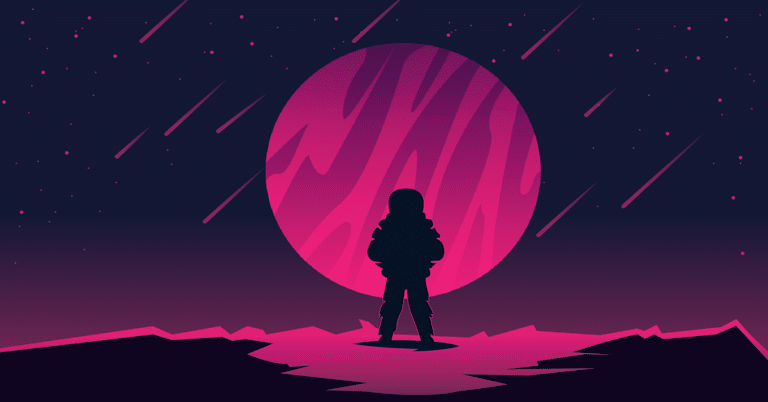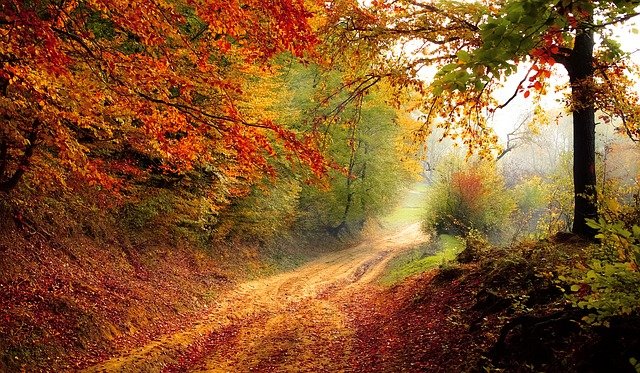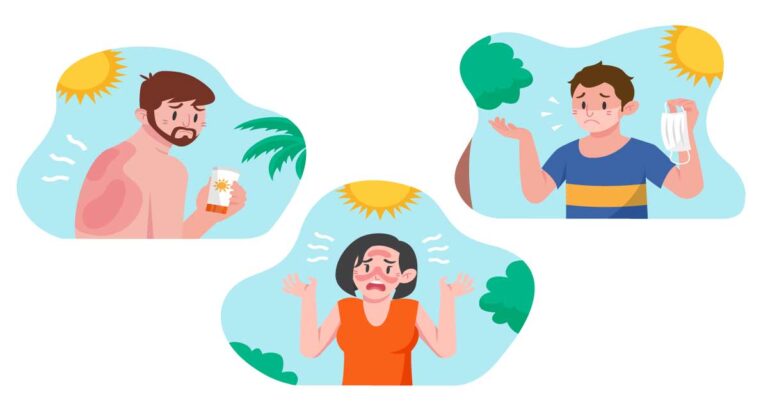There are some animals that are just plain tough. They can survive in the harshest environments, fend off predators, and live to tell the tale. Here are 5 most toughest animals on the planet:
Mountain Goat
Mountain goats are some of the toughest animals on earth, capable of surviving in extreme environments at altitudes over 13,000 feet. They’re often found in alpine regions such as the Rocky Mountains, Cascade Mountains, and Alaska’s Chugach Mountains. So if you want to see a real mountain goat in its natural habitat, you’ll have to get pretty high up!
The hooves of a mountain goat have two toes that spread out giving them balance as they climb slippery, steep rocks. A rough pad on the bottom of each toe gives them traction as they climb. A mountain goat is capable of jumping 12 feet to get from one rock to another!
Mountain goats are listed as the least concerned on the IUCN Red List of Threatened Species, although they are believed to be getting smaller in size over time due to the effects of global warming.
Bactrian Camel
The Bactrian camel (Camelus bactrianus) dwells in the Gobi Desert’s scorching heat. In the summer, temperatures in these desolate regions reach more than 100 degrees Fahrenheit. You can see those wonderful creatures in Mongolia, as well as in Kazakhstan, Uzbekistan, Turkmenistan, and parts of Russia and China. The Bactrian camel is a vital means of transportation in this isolated region.
These camels are built to withstand the harsh conditions of the desert. They have two humps on their back (unlike the dromedary camel which only has one hump), and these humps are full of fat, not water.
The fat provides them with energy and insulation against cold night temperatures. They can live for six or seven months without having to refill their water supply. Their wide, two-toed feet act like snowshoes, allowing them to walk on top of the sand without sinking.
The conservation status of Bactrian camels is critically endangered. Their numbers are decreasing because of habitat loss due to mining and other land development.
Snow Leopard
The snow leopard (Uncia uncial) is a large cat that lives in the mountains of Central Asia. It has thick fur that keeps it warm in temperatures as low as -40 degrees Celsius! The fur is also helpful in camouflage as the snow leopard stalks its prey.
Snow leopards are an endangered species with a population that is thought to be decreasing. They are hunted for their fur, which is considered valuable. The snow leopard is also losing its habitat as the human population continues to grow and expand into its territory.
If you’re lucky enough to see a snow leopard in the wild, it will most likely be in the countries of Nepal, India, or Mongolia. Mongolia is quite a famous place where you can see those majestic predators. if you want to see snow leopards highly recommend this tour.
Giraffe
A giraffe may not be the first animal that springs to mind when you think of a tough creature. Giraffes can survive up to three weeks without drinking water. On the savanna in Africa, where it is hot all year long, giraffes dwell. They consume moistened leaves from Acacia trees, which provide most of the water they require.
The giraffe’s neck is about six feet long, which allows it to reach leaves on high branches that other animals can’t. The neck is also an advantage in combat as the giraffe can deliver a powerful blow with its head. The tough hide on a giraffe’s neck protects it from thorns and predators.
Adult females are about 14 feet tall, with adult males reaching heights of 18 feet. It’s tough for them to bend down to drink from a stream. When they do so, they’re at risk of being eaten by predators. As a result, their capacity to go extended periods without obtaining water from a creek protects them from danger. Giraffes are endangered because of habitat destruction and hunting.
Crocodile
Crocodiles are one of the oldest creatures on Earth, having been around for over 200 million years. These tough reptiles can be found in tropical regions all over the world. The crocodile’s skin is thick and tough, providing protection from predators. The skin is also covered in scales that act as armor.
Crocs are able to not eat for three years and still survive because of their tough animal resilience. These reptiles have a metabolism so slow that they can float without moving for long periods of time. In some cases, they’re even able to go dormant and live off their own tissues until conditions improve.
When carnivores are hungry, they don’t play around. They go for the jugular, devouring birds, wild boar, deer, and even fish in one fell swoop. Jaws strong enough to crush bones make short work of their prey before it’s swallowed whole.






